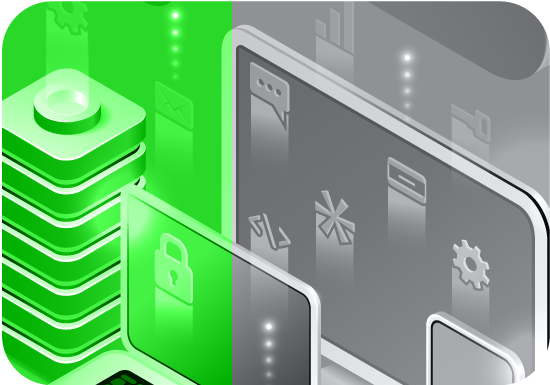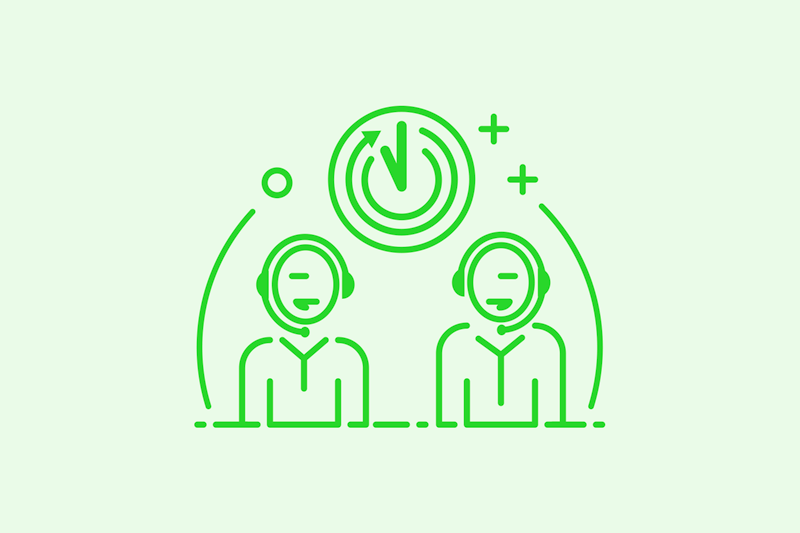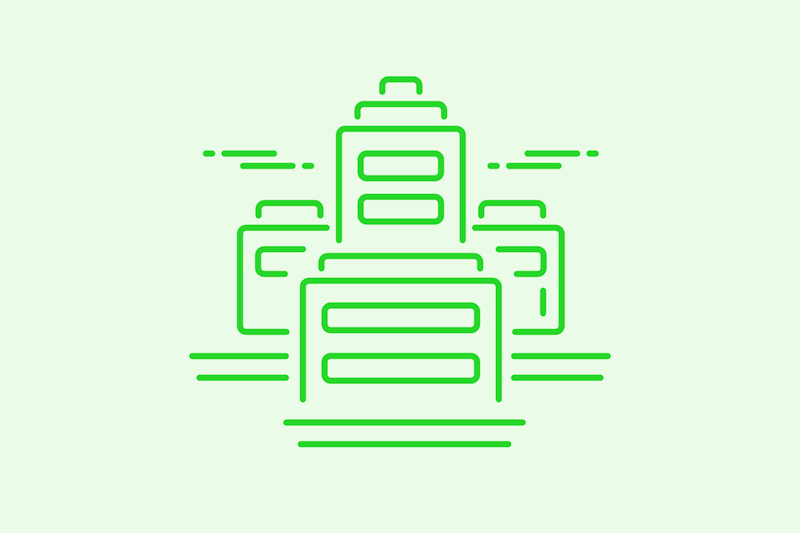
- Do you and your employees have to proactively save, label, and track information?
- Can you easily fall victim to typical threats of hackers, natural disasters, and user error?
- Do you know what applications and databases are running on your systems?
- Do you know the cost of tape drives, servers, or other hardware and software elements necessary to perform backups; the disk on which the backups are stored; and the IT man hours required to manage and troubleshoot backup solutions?










